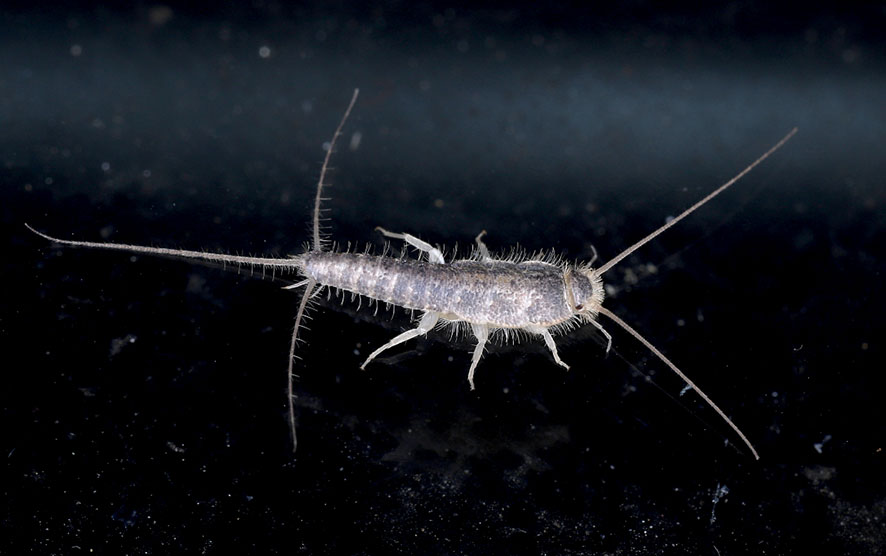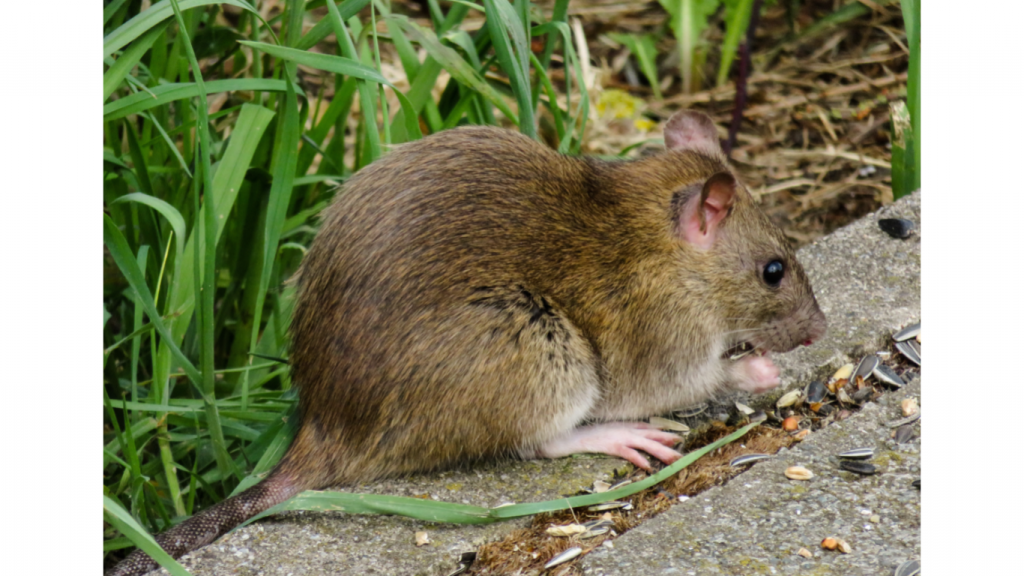Silverfish Pests

General Information
Common silverfish are small, wingless insects that wriggle as they move. They are interesting little creatures, but they can also be very annoying and destructive household pests. Its common name derives from the animal’s silvery light grey and blue colour, combined with the fish-like appearance of its movements.
Silverfish prefer dark and moist environments (75% – 97% humidity). Some of their preferred habitats are basements, kitchens, sinks, bathtubs, bookcases, wardrobe shelves, behind kickboards, wall cavities, and under floorboards. Silverfish require a large supply of starchy foods or moulds to survive.
Silverfish diets are high in protein, sugar, and starch, including cereals, moist wheat flour, starch in bookbinding’s, and paper on which there is glue or paste. Silverfish are considered a nuisance pest because they feed on wallpaper pastes, natural textiles, books, and papers. Silverfish also feed on mould and fungus that grows on a variety of other surfaces. Silverfish are fast moving and can travel throughout buildings. Once they find a good source of food, they stay close to it. Silverfish are nocturnal, but they are also active in dark areas throughout the structures they inhabit. They can be a problem all year round and you may see silverfish trapped in sinks and baths because they enter seeking moisture and are unable to climb the slippery vertical surface to escape.
Average Lifecycle
Silverfish go through a three-stage life cycle called gradual metamorphosis, whereas most insects have a four-stage life cycle (complete metamorphosis). Silverfish can lay eggs at any time during the year. Female silverfish can produce 1 to 3 eggs per day or clusters of 2 to 20, unlike some other insect’s silverfish can produce eggs year-round. The eggs take 19-60 days to hatch. The life cycle from silverfish egg to adult is three to four months. Silverfish live a very long life, from 3 to 6 years on average. In fact, some silverfish have been known to live over 8 years. Silverfish young are miniature versions of the adults when they emerge from the egg. They go through a number of moults during development to become full-sized adults and they continue to undergo moults throughout their adulthood. Silverfish are about 1/2 inch long, with a uniform silvery colour over the top surface. Their bodies are long and slender. Silverfish are broad at their head with a gradual tapering toward their rear.
Quick Facts
Type: Insect
Diet: carbohydrates, particularly sugars and starches, cotton, dead insects, linen, silk.
Lifespan: two to eight years.
Size: 1-2cm
Habitat: temperate ; terrestrial
Range: urban ; suburban ; agricultural worldwide
Scientific name: Lepisma saccharina
FUN FACTS
• One of the oldest insects in the world, silverfish have inhabited the planet for over 400 million years – that’s 100 million years before dinosaurs even existed.
TREATMENT
Silverfish infestations can be seen throughout the property so an insecticide is applied to the area where silverfish or firebrats are commonly seen.
Give us a call: 0208 914 8285







